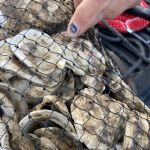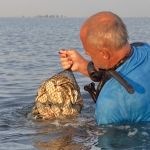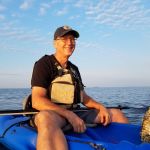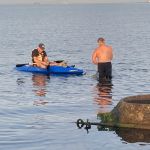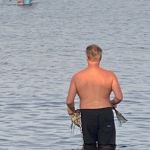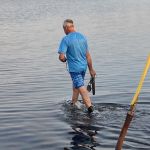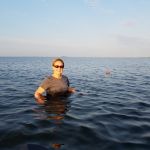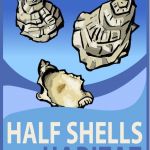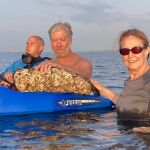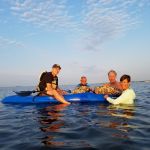Great South Bay Oyster Project
Photo Gallery
Recent Progress
Volunteer
Habitat Restoration

Habitat Restoration
We advocate for healing the creeks that feed our bay, for bay-friendly yards, for helping to return a shellfishing industry to the Great South Bay, and for the deployment of modern wastewater treatment technologies to address the problems caused by 500,000 cesspools and septic tanks, as well as the 197 large scale septic systems in malls, apartment complexes and locally.
Volunteer
Lend a hand! Join our Oyster Project Team and help revive The Great South Bay.
Partnering With Oyster Growers
Of course, nothing happens without cleaner water. That is why getting rid of our cesspools and septic tanks, healing our creeks, tackling runoff, and practicing natural lawn care is so important.
Please contact us with any suggestions you may have. You can also donate our efforts. We want to apply the latest techniques in aquaculture to revitalize our bay, our economy and our local culture.
We advocate for healing the creeks that feed our bay, for bay-friendly yards, for helping to return a shell fishing industry to the Great South Bay, and for the deployment of modern wastewater treatment technologies to address the problems caused by 500,000 cesspools and septic tanks, as well as the 197 large scale septic systems in malls, apartment complexes and locally.
Where You Can Get Fresh, Long Island Blue Point Oysters
- Neguntatogue Oysters (Lindenhurst) – call or text Keith & Nicole at 631-275-8046
- Blue Island Oysters (Sayville)- Call Chris at (631) 563-1330 for availability
- Maris Stella Oysters (Captree) – call or text Sixto at 516-939-5545
- Little A’s (Bay Shore) – call or text Michael at 917-526-1900
- Red Tiger (West Islip) – call or text Lou at 646-228-6273
The Making Of An Oyster Sanctuary
Site Evaluation
Establishing the Sanctuary
Enhancing and Measuring for Success
Recent Progress On Habitat Restoration
I’m not a fan of Earth Day
With 7 billion people on this planet, increasing at 1% per year, perhaps we need to be reminded about finite resources, and unsustainable population growth and consumption. With agro-ecosystems providing the equivalent of more than 2700 Kcal per person, and with nearly 1 billion people undernourished, while obesity becomes epidemic elsewhere, perhaps we need a wake-up call. With unprecedented levels of factory farming and feedlots across the globe, loss of soil fertility and top soil, increased levels of pesticides and pharmaceuticals in groundwater, and 70% of the world’s freshwater being used by agribusiness – perhaps we need new priorities and new educational outreach.
Fisheries Management Update: American Eel
The American eel (Anguilla rostrata), is a catadromous species of fish, which means it lives in freshwater and then migrates to marine waters to spawn. These eels emigrate from riverine environments during their mature “silver eel” stage. They eventually make their...
The New Inlet — By Boat From The Great South Bay 4-21-13
Photographer Michael Busch has been perhaps the most prolific photographer/filmographer of The New Inlet, a subject worthy of his talents. ...
Video of The New Inlet (Philip Coccari)
Published on Apr 21, 2013 This is the breach created during tropical storm Sandy. This new inlet has revitalized the Great South Bay in the area of the New Inlet. It is amazing how clean the Bay is! -- Philip Coccari...
Seals at Cupsogue 4/20/2013
Cupsogue Beach County Park - CRESLI seal research trip and walk on 4/20/13: About 35 harbor seals at 7:50 AM (30 hauled-out; 5 in water) during research observation. The rain ended at 8, and I returned at 9:15 with the seal walk group, there were 42 harbor seals...
Islands Made of Sand — a Film by Justin Fehntrich
This film was created by Justin for his Environmental Media class at Stony Brook University. Enjoy!

